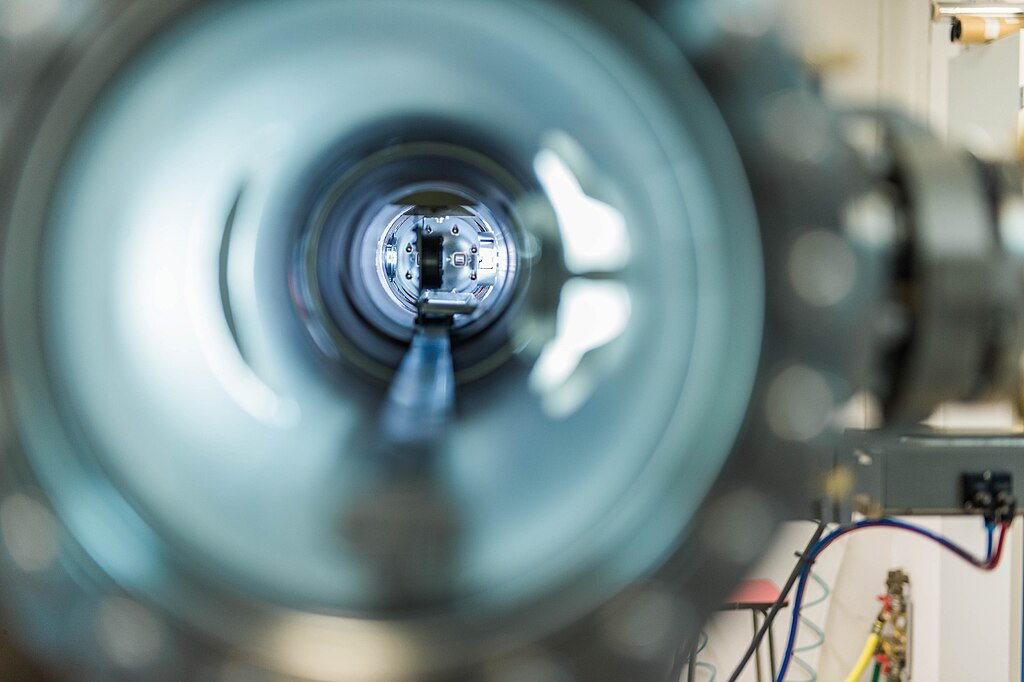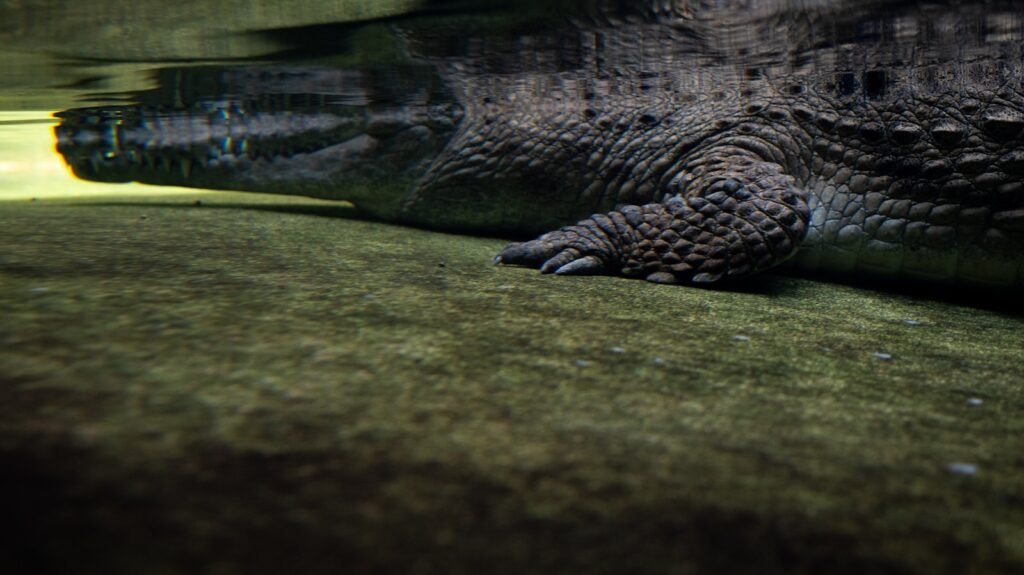Physicists at MIT have observed a new form of magnesium that could pave the way for faster, more efficient spintronic memory devices. This breakthrough, termed p-wave magnetism, combines properties of both ferromagnetism and antiferromagnetism, offering a novel approach to data storage and electronic applications.
Understanding P-Wave Magnetism

Traditional ferromagnets, like fridge magnets, exhibit uniform spin alignment, generating a stable magnetic field. Antiferromagnets, on the other hand, have alternating spin orientations that cancel out, preventing macroscopic magnetization. The newly discovered p-wave magnetism in nickel iodide (NiI₂) presents a unique spiral spin configuration, where electrons form mirror-image patterns within the material.
Spin Switching and Its Potential Application

One of the most exciting aspects of p-wave magnetism is its ability to enable spin switching. Researchers found that applying a small electric field could flip the spiral spin orientation from left-handed to right-handed and vice versa. This property could lead to ultrafast, compact, and energy-efficient spintronic memory devices, significantly improving data storage technology.
Implications for Future Electronics
Spintronics, which relies on electron spin rather than charge, has long been considered a promising alternative to conventional electronics. The discovery of p-wave magnetism offers a new route for developing nonvolatile memory chips that consume less power while maintaining high-speed performance. Scientists believe this breakthrough could lead to denser and more efficient computing systems, reducing energy consumption in large-scale data centers.
Future Research Directions
Researchers plan to explore how p-wave magnetism can be integrated into existing spintronic technologies. Further studies will investigate whether similar magnetic states can be engineered in other materials, potentially expanding the range of applications for this discovery. Understanding the underlying mechanisms of spin switching could also lead to advancements in quantum computing and nanoscale electronics.
Conclusion

The discovery of p-wave magnetism marks a significant step forward in spintronics, offering a new approach to memory storage and electronic devices. As scientists continue to revolutionize computing and data processing becomes increasingly clear.
The discovery
Source:





